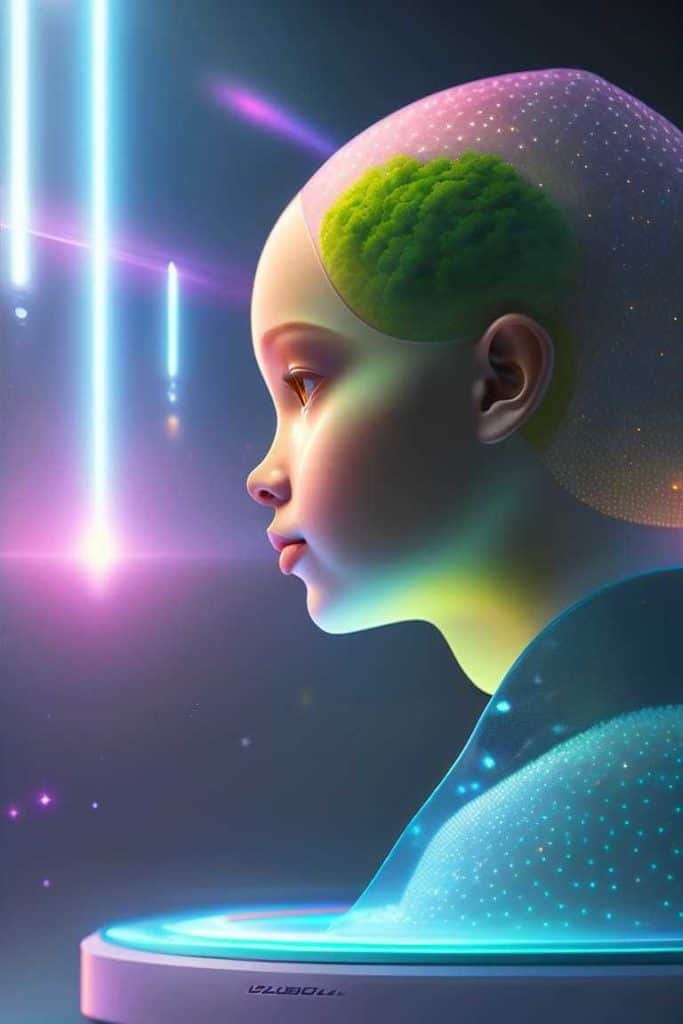Does keratoconus affect depth perception? I have been living with keratoconus for over 30 years and underwent a full corneal transplant on my right eye. Living with poor eyesight can be a challenging experience, especially when refractive errors like keratoconus cause it.
While many people associate vision solely with sight, it’s important to understand the distinction between sight and perception.
This blog post will discuss the correlation between poor eyesight due to keratoconus and perception. Exploring how difficulties in perception can impact our daily lives for those of us with untreated keratoconus.
The Difference between Sight and Perception
Sight
Sight refers to the physical process of seeing objects through our eyes. It involves the transmission of light through the cornea and lens. A healthy cornea bends light to focus a clear crisp image onto the retina.
In the case of keratoconus, where our cornea is distorted, the ability to focus light accurately is compromised. This leads to distorted and blurred vision.
Perception
Perception, on the other hand, goes beyond sight and encompasses the brain’s interpretation of the visual input it receives.

It involves the integration of sensory information, past experiences, and cognitive processes. Perception allows us to make sense of the visual world and understand the relationships between objects, depth, and distance.
The Impact of Poor Perception in Daily Life
Difficulty in Recognizing Faces
One of the significant challenges those of us with keratoconus face is recognizing faces. The distorted vision caused by the condition can make it hard to identify familiar individuals, leading to social awkwardness and potential communication difficulties.
As an example, I didn’t realize how much of my communication skills were compromised due to my poor vision until I got my vision restored with the scleral lens. Not picking up on facial cues and subtle body language can lead to some embarrassing misunderstandings and anxiety.
Impaired Depth Perception with Keratoconus
Perception of depth is crucial for various tasks, such as driving, playing sports, or even pouring a glass of water. With keratoconus, the corneal irregularities can disrupt depth perception, making activities that require an accurate judgment of distances more challenging and potentially unsafe.
For instance, I had to stop driving at night with keratoconus then eventually I decided to stop driving completely until I got my vision restored.
Decreased Spatial Awareness
Spatial awareness refers to our ability to navigate and orient ourselves in our surroundings.
Poor perception due to keratoconus can reduce spatial awareness, leading to frequent bumping into objects, misjudging distances, sitting on the cat, and increased risk of accidents.
I would also find myself stumbling off of the sidewalk or tripping on irregularities on a surface when walking because my depth was so off due to keratoconus.
Impact on Reading and Learning
Reading and learning rely heavily on visual input. Individuals with keratoconus may experience difficulties in reading small print, as words and sentences can appear distorted or blurred. This can hinder educational progress and impact overall academic performance.
This is especially true for those of us who have been diagnosed in our adolescent and young adult years. Which will be most of us.
The impact on our formative years can be significant and if not managed properly, can set us back years, leaving us having to catch up.
Coping Strategies and Support
Consultation with an Eye Care Professional
Regular visits to an eye care professional specializing in keratoconus are essential. They can prescribe treatments for keratoconus such as contact lenses, and glasses, or even suggest surgical interventions like corneal cross-linking to slow down or stop the progression of the disease.
Assistive Technologies
Advancements in technology have led to various assistive devices that can aid individuals with poor vision. Tools such as magnifiers, screen readers, and electronic devices with adjustable font sizes can assist in overcoming some of the challenges associated with perception difficulties.
Technology will be one of our closest allies to aid those of us with keratoconus to have the highest quality of life with keratoconus possible.
Support Networks

Connecting with support networks, such as online communities or local support groups, can provide a platform for sharing experiences, seeking advice, and finding emotional support from others facing similar challenges.
Key Takeaways
- It’s important to understand the difference between sight and perception.
- Keratoconus will affect our perception and spatial awareness.
- The effects of keratoconus on our depth perception will have an impact on our social interaction with others.
- The effects of keratoconus on our sight can also have a large impact on our ability to learn and process information correctly.
To Summerize
Does keratoconus affect depth perception? While keratoconus can significantly impact sight and perception, understanding the distinction between the two is crucial. Poor perception resulting from keratoconus can create various challenges in daily life, affecting social interactions, depth perception, spatial awareness, and learning.
However, with appropriate interventions, support, and the utilization of assistive technologies, individuals diagnosed with keratoconus can effectively manage these challenges and lead fulfilling lives.
Discover More About Keratoconus
Don’t stop your journey here! For more in-depth information and the latest research on living with keratoconus.
Dive into a world of knowledge and resources that can empower you in managing keratoconus effectively. Your vision for a clearer future starts with one click.